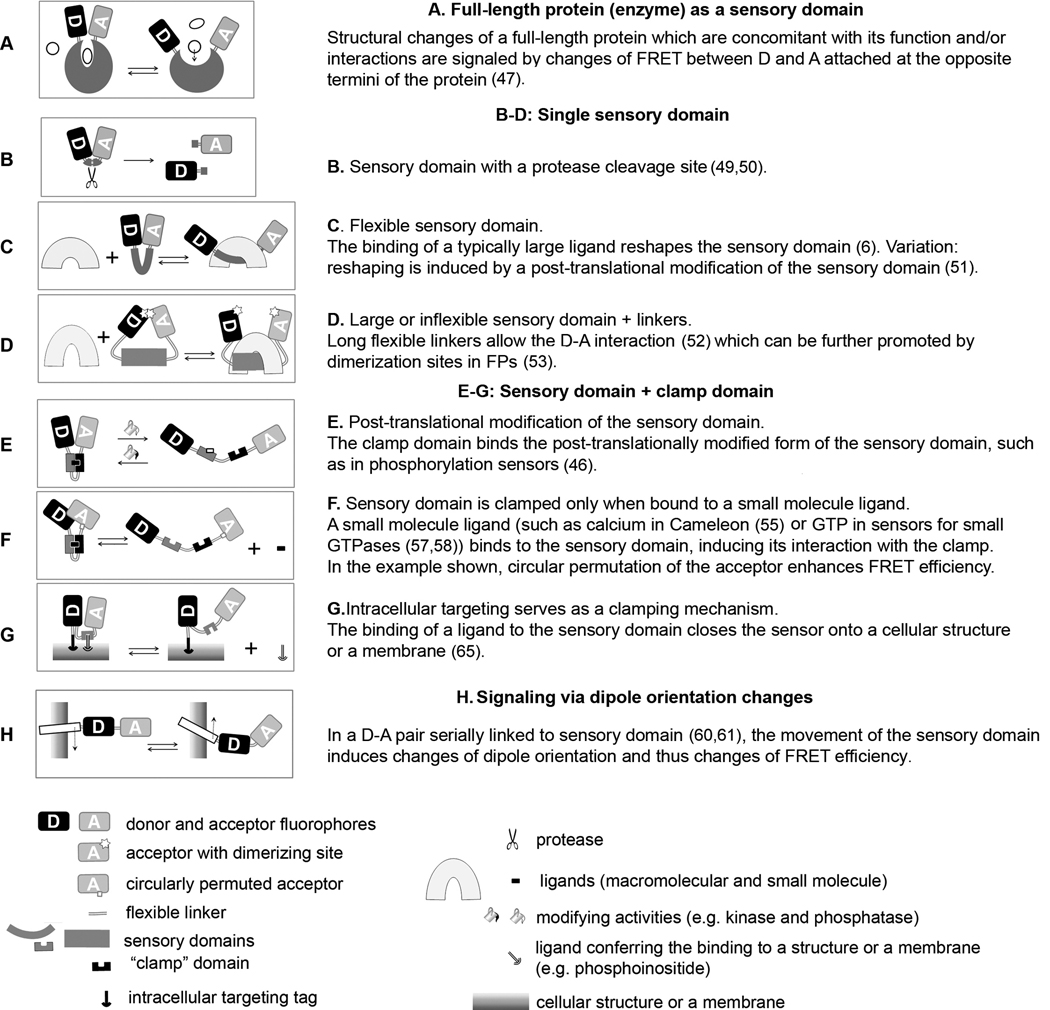Figure 2. Monomolecular FP-based FRET sensors.
The schematic drawings and brief summaries illustrate functional principles of genetically encoded FRET sensors. In most cases the same functional principle was used in a number of different FRET sensors and only examples of references are included. Some of the design principles can be combined between categories, e.g. circularly permuted FPs (F) with any other category. Most sensors exploit the changes of R and κ2 between the D-A pair. FRET sensors with circularly permuted FPs (F) presumably benefit from the optimal κ2 and the changes of κ2 are thought to be the major cause of FRET signal changes in H (46).

